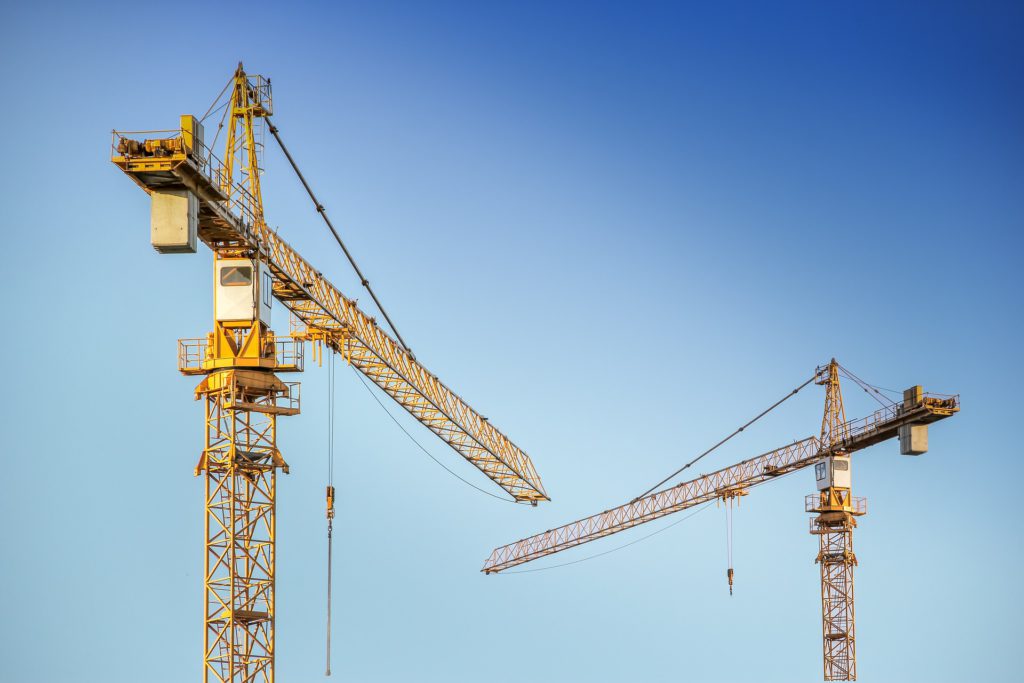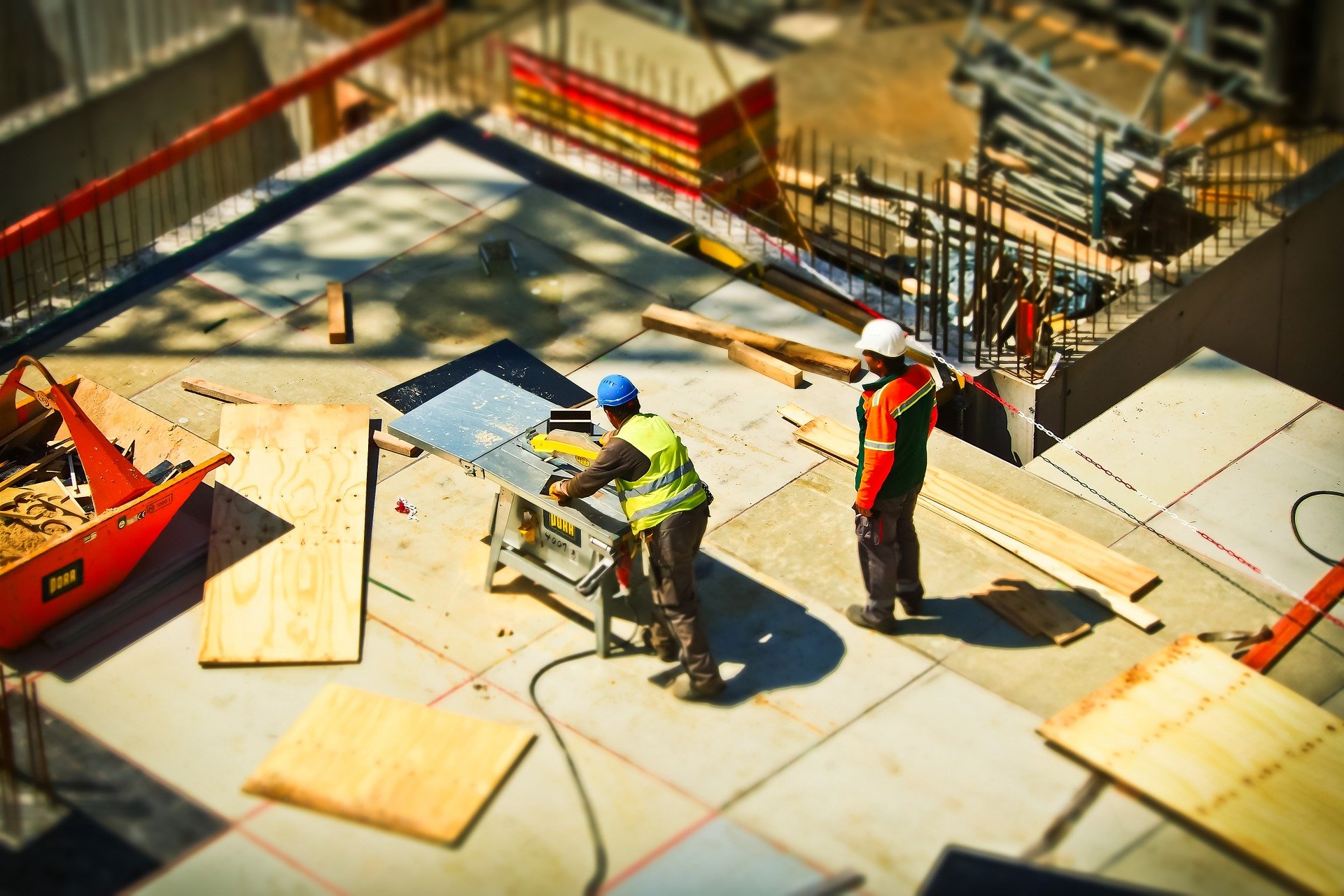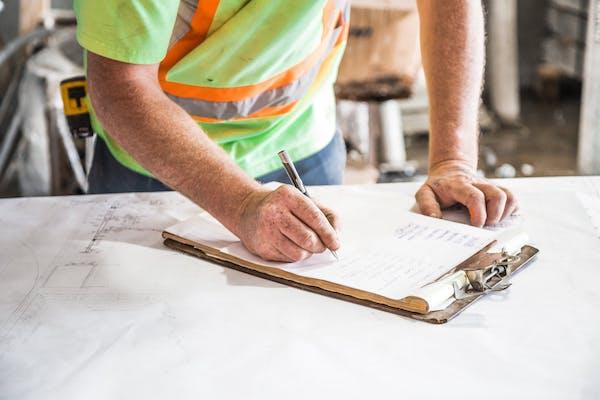Construction is one of the most dangerous industries in America. More than 40,000 people die and over 300,000 are injured each year on construction sites across the country. The Occupational Safety and Health Administration (OSHA) has safety regulations that require employers to provide a safe workplace for employees as well as any other person who might be affected by their work activities. These regulations include how to protect workers from hazards such as falls, electrocution, injuries from tools or equipment use, exposure to harmful chemicals, and diseases transmitted through blood-borne pathogens.
In addition to legislative obligations, some things are common sense and every worker should know. For example, always be aware of the weather conditions and what to do if a storm is coming. Here are 8 additional safety tips that should be common knowledge for every construction worker.

Learn how to operate on heights
Construction workers are almost always of some sort of height. Even if these heights are only several feet off the ground, there is still a risk of falling and causing serious injury or even death. Every worker should receive proper training on working safely at heights and how to operate risk-free in various circumstances. Some courses last a day and provide theoretical and practical knowledge about operating on heights. From being able to quickly assess the situation and know what type of protective wear is applicable, to understanding the types of fall hazards and what to do in case of a fall, there is a lot to learn.
It is also important to know how to test the safety of protective wear because even if it is mandatory, not many people do it. Every worker should know that the fall-arrest system is meant to keep them suspended in the air at all times or arrest their forward momentum. They must perform regular tests of their safety equipment which are generally performed by simply leaning back until the wearer contacts a stopping point behind them.
Learn how to operate power tools safely
Most construction projects require the use of some type of power tool or equipment. With proper training, workers can be taught how to correctly use these tools and machines without causing any damage or injury. As with any type of equipment, when in doubt, always refer to the manufacturer’s operating instructions. This is where workers can get information about what safety features are incorporated into the design and how to use the machine safely. The amount of time that this investment takes will be more than made up for by the reduction in injuries on site.
Use a ladder properly
Ladders are a popular piece of equipment used by construction workers. However, even this simple tool can cause injury if not used correctly. A variety of injuries from ladders exist including sprains, strains, contusions, and fractures from falling off the ladder or from being struck by it while an individual is near it. A worker can prevent these injuries by not standing on the top two steps or carrying heavy equipment that could cause the ladder to collapse. In addition, they should be aware of how wind affects a ladder and not lean it against a wall during high winds as this makes them unstable.
Inspect your work area for potential dangers
Construction sites are typically occupied by a wide variety of machines and equipment that have the potential to cause injury. Workers should always be aware of what is going on around them, specifically any dangers involved with their tasks. Construction projects may involve digging holes for a new building foundation or installing a crane overhead, so it becomes imperative for construction workers to understand how these elements can pose a danger to them.
Learn how to work with electricity safely
Another common element that can be found on construction sites is electrical wiring. Working around electric shocks and the potential for electrocution has historically been one of the most deadly hazards in construction. Many injuries still occur due to improper training or lack of it when it comes to dealing with electrical equipment and tools. It is important for workers who operate machinery around electricity or must deal with power shutdowns to know how to do so safely. Understanding the types of instruments used will help lower injury risk as well as learn what they are intended for and where they should be placed during a power outage.
Conduct regular inspections of your work area
As mentioned earlier, every construction site is going to have a variety of tools and machinery that may be hazardous to workers. While the specific dangers will vary depending on what type of work is being performed, workers need to conduct regular inspections around their areas as a precautionary measure. They should look for things such as exposed wires or cracks in cement slabs that could cause harm if an accident were to occur.
Do not rush into performing dangerous tasks
Unfortunately, there are times when construction workers feel pressured to take shortcuts because of the demands put on them by project managers. This leads to workers pushing themselves beyond their limits and exposing themselves to dangers that they may not be prepared for. While emergencies do happen, construction workers need to remember that rushing through a task does not make it any easier or safer.
Manage your time correctly
One final element of construction site safety involves how an individual manages their time. Projects will often require multiple contractors to work together to meet deadlines. However, this can result in these different parties working against each other rather than as one cohesive unit. If left unchecked, this could lead to injuries should two parties not coordinate their schedules for using a specific piece of machinery or work area. In addition, an individual who is focused on completing their task by a certain time will have less focus on safety precautions which can be life-threatening in the long run.

Construction sites can be dangerous places to work and workers must take the proper precautions to ensure their safety. The 8 tips we’ve outlined should help you get started on how to do this, but if you need more guidance or want someone who understands construction site safety laws and regulations. Make sure you are informed and educated on all necessary safety regulations and how to perform them.
















